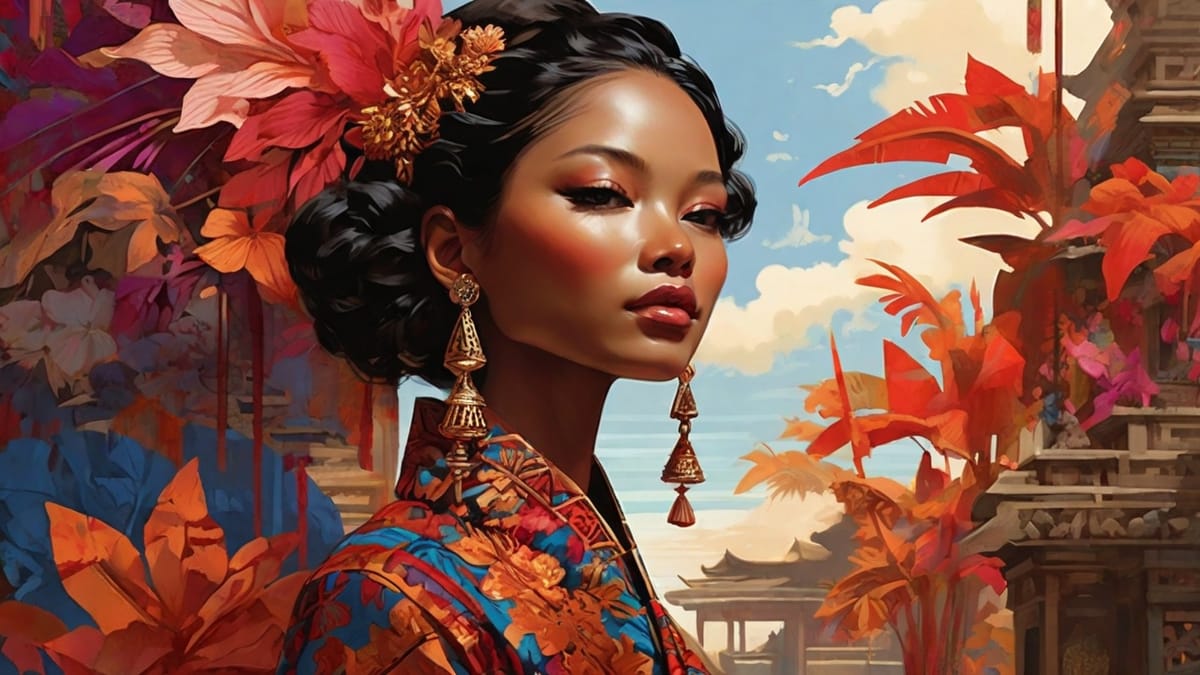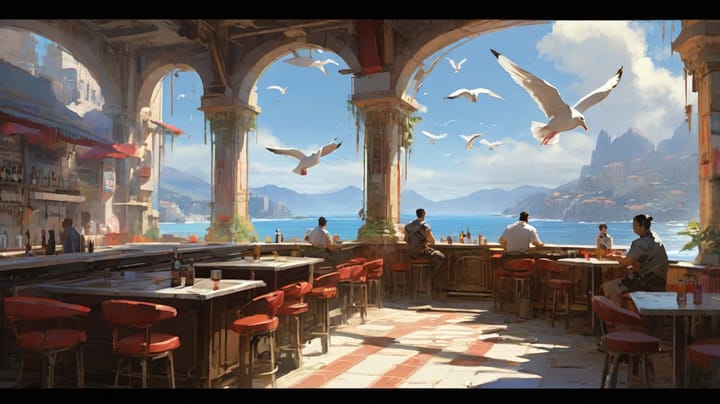We're all part of a bigger story
“Wow, that’s beautiful. What’s that?” Lukas asked as he pointed to a stand with rolls of fabric. With their intricate patterns, they were unusual for us Europeans, but fascinating nonetheless.
It was the first day in Kuala Lumpur and I was standing on the 20th floor of the Eaton Residences in front of our window with a view of the skyline. “Am I really here?” I thought to myself. This trip had been dancing in my mind for 4 endless years. I had imagined so much. And now I’m in the middle of my mental movie.
Suddenly, a small building that stands out among the skyscrapers pulls me out of my trance.
Unlike the modern, blue and very tall skyscrapers with glass facades, this building looks… cozier. Warm brown tones and copper colors convey a calming feeling. It was the traditional Malaysian architecture that I loved so much.
But strange that a building like this is in the middle of the city center. “I wonder what it’s all about,” I muttered to myself.
It didn’t take long for me to get my answer.




